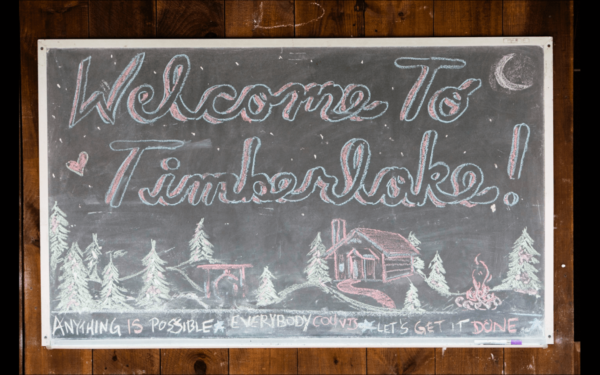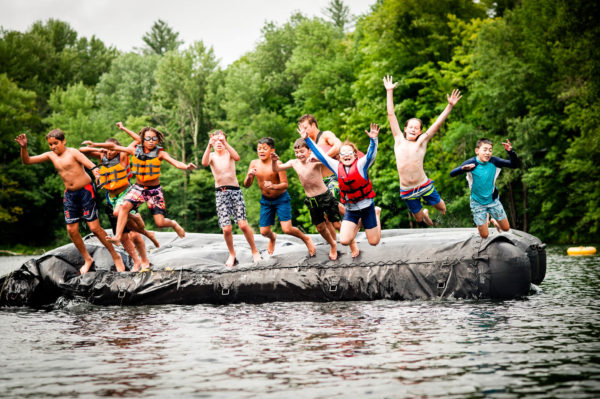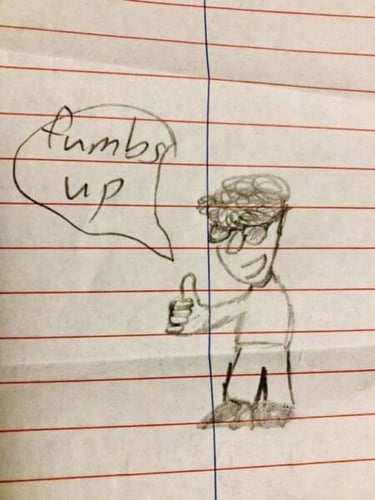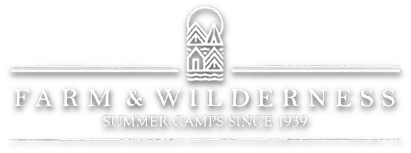By Sarah Klock, Second Session Photographer
 I have spent the last six summers saying goodbye to my children at the fence of the Barn Day Camp, the Trading Post at Timberlake, and more recently, the Round House at Flying Cloud. These partings are always a mixture of joy and nerves – how wonderful it is for them to have their summer days filled to the brim with adventure and learning in this great place; and how difficult it is to send them off, knowing how much we will miss them, and let’s face it, how little they will actually write to us.
I have spent the last six summers saying goodbye to my children at the fence of the Barn Day Camp, the Trading Post at Timberlake, and more recently, the Round House at Flying Cloud. These partings are always a mixture of joy and nerves – how wonderful it is for them to have their summer days filled to the brim with adventure and learning in this great place; and how difficult it is to send them off, knowing how much we will miss them, and let’s face it, how little they will actually write to us.
If you are like me, you spend a good deal of time while your child is away at overnight camp searching the camp photo galleries for a sign that they are alive somewhere out there, ideally thriving. Any sign will do: a familiar boot in the corner of an image, a mosquito-bitten arm that bears some resemblance, a flash of color that must be the old neon t-shirt you packed (with the consideration that neon will make spotting your child in photos easier, or in case of a search and rescue party).
We look for evidence of our children’s well-being in those images, and when we find their likenesses, scruffy and tousled and happy, we are content. But sometimes, we don’t find our children in those photos. We see their cabin mates huddled around a circle, but our kid isn’t with them. Or we see a familiar buddy jumping off The Monster into the lake, and we worry: “Where are they? Are they okay? What are they doing?”
For those of you whose minds have been similarly addled with these summer camp concerns, I’d like to pull back the curtain for you a bit, for I have seen the Other Side.
I had the great fun this summer to say goodbye to my children, and then sneak in the back door with my camera to photograph all of the camps as the staff photographer. Parent-Spy Extraordinaire, I was on a mission to photograph as many campers as I could, knowing how many parents were back home, refreshing Smugmug and hoping for a glimpse of their own.
 The mission failed, of course. I didn’t come close to photographing every child in every camp. I learned something important though: for our children to experience these rare and analog summer days, they need to feel largely free of the watchful camera eye. As benign as my lens is, it remains an intrusion when I come across a group of campers who had been, until my arrival, deeply engaged in imaginative play, or whose singing is interrupted by an unexpected lens pointed their way. Kids who were carefree while playing basketball or jumping off the Monster can become self-conscious in front of a camera: they were playing with each other, and now, they are jumping for me.
The mission failed, of course. I didn’t come close to photographing every child in every camp. I learned something important though: for our children to experience these rare and analog summer days, they need to feel largely free of the watchful camera eye. As benign as my lens is, it remains an intrusion when I come across a group of campers who had been, until my arrival, deeply engaged in imaginative play, or whose singing is interrupted by an unexpected lens pointed their way. Kids who were carefree while playing basketball or jumping off the Monster can become self-conscious in front of a camera: they were playing with each other, and now, they are jumping for me.
Next summer, when I peruse the galleries for the faces I love the most, I will know that if I don’t find them there in those photos, it’s because, perhaps, they saw the photographer coming, and snuck away to continue their adventures uninterrupted. Or maybe they were off deep in the woods, covered in leaves and camouflaged in mud (true story). Or it could be that on the day the photographer arrived, she found the campers contemplative in a silent meeting, or deep in preparation to enter the forest on their Quests, or so absorbed in a story being told around the campfire that she couldn’t bear to shatter that unscripted reveling of the moment with the click of her camera.
 The document that matters, after all, is not the image. After the summer is over and done, it’s about the unique experience stamped on the hearts and souls of our children – that’s why we send our kids to Farm & Wilderness. In our image-obsessed world, we are carving out a sliver of space here, free from that noise. I understood all of this in a new way this summer. My mission for next summer will shift my focus on getting my kids to write home – just one small sentence, one meager word even – and THEN I’ll be content. Click!
The document that matters, after all, is not the image. After the summer is over and done, it’s about the unique experience stamped on the hearts and souls of our children – that’s why we send our kids to Farm & Wilderness. In our image-obsessed world, we are carving out a sliver of space here, free from that noise. I understood all of this in a new way this summer. My mission for next summer will shift my focus on getting my kids to write home – just one small sentence, one meager word even – and THEN I’ll be content. Click!



